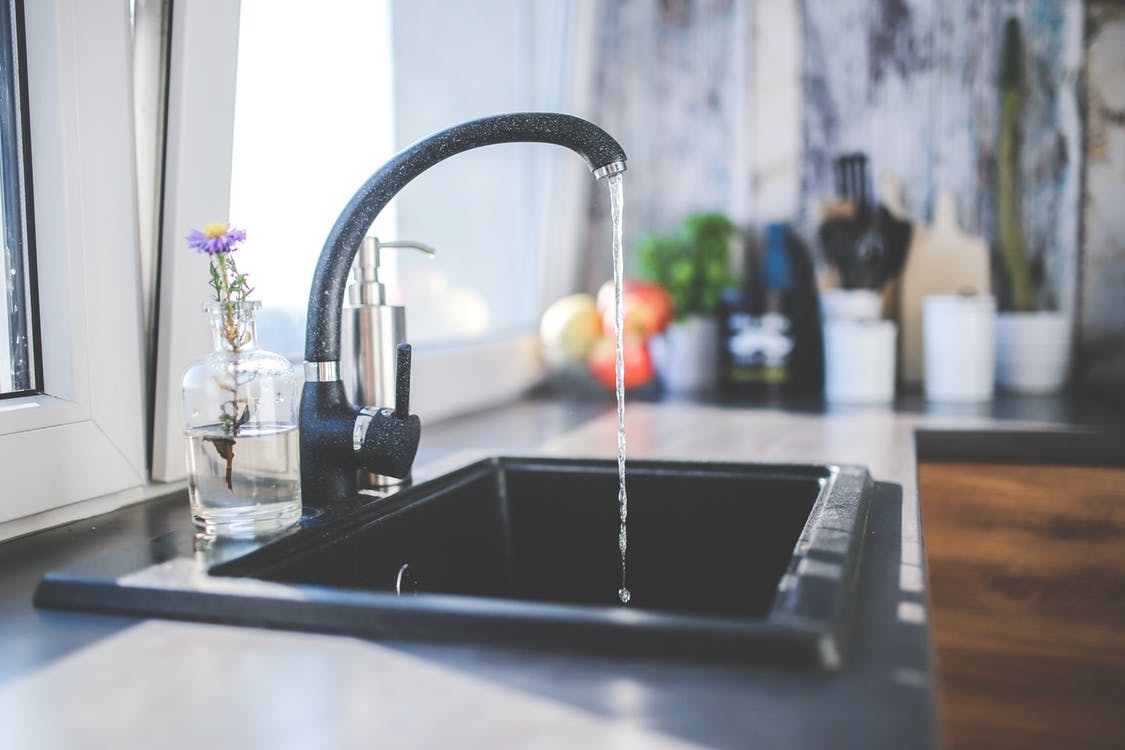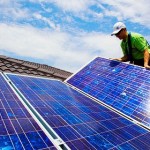
Houses built with sustainability in mind are showing up more frequently as technology improves and environmental awareness increases. Eco-friendly home features are a hot asset on the real estate market, and green plumbing isn’t an exception. A hot living area element which allows homeowners to reduce the utility bills and environmental impact of their property while boosting its value and marketability at the same time, eco-friendly plumbing systems are rapidly gaining popularity among profit-minded house sellers and eco-conscious homebuyers alike. Still, is green plumbing truly as beneficial for the environment and homeowners’ budget as it’s said to be, and which eco-safe plumbing updates will provide the best return on investment in the long run?
What Exactly is Green Plumbing?
The term ‘green plumbing’ refers to a range of eco-safe plumbing practices aimed at conserving H2O and energy and minimizing household waste. As such, eco-safe plumbing systems are built around low-tox pipes, fittings, and other equipment made from locally sourced materials and in keeping with valid environmental responsibility standards. In this light, the shift to eco-friendly plumbing is a sensible investment that can increase your home’s safety and improve long-term family health – granted the Ecolabel is backed by an authentic green certificate and isn’t just a greenwashing ploy, that is. Unfortunately, costs of green plumbing are often substantially higher than the price of standard pipes and fittings, so you’ll have to either set aside extra cash for the eco-friendly update or be resourceful and greenify your plumbing system the DIY way.
Plumbing, Go Green or Go Home
There are several different things you can do to green up the plumbing system and secure long-term utility savings. If you’re looking to get the biggest bang for your home upgrade buck, here’s how you can touch up kitchen and bathroom water hardware and help save the environment, increase your property’s value, and ensure lasting health for the whole family.
1. A Precious Pipe Insulation Update
Poor pipe insulation is one of the main causes behind needlessly high utility bills. As hot water travels from the tank to the tap, it can lose lots of heat if the pipes aren’t properly insulated. For this reason, it’d be a smart idea to check the shape of your plumbing and update pipe insulation in order to dial up your home plumbing’s sustainability.
2. Install a New Hot Water Heater
Over time, hot water heaters can grow rusty and leaky, which can significantly increase utility costs and your household’s environmental impact. To cut energy and water waste in the long haul, homeowners should run hot water system inspections at least twice a year and have a professional plumber take care of potential problems without delay.
3. Low-Flow Showers and Faucets
Letting the tap run as you brush your teeth can up your utility bills and rob Planet Earth of extra doses of one of its most precious resources. Fortunately, there’s an easy fix that can nip H2O waste in the bud: deck water outlets at home with low-flow showerheads, faucet aerators, and flow reduces and cut water waste by as many as 60%.
4. Swap Classic for Low-Flush Toilets
The classic toilet is the biggest H2O waster, and it can quite literally send your utility bill through the roof with heavy daily use. To prevent flushing your money down the drain, swap the classic tank for its dual-flush or low-flow counterpart: the update will help you shave water usage by a whopping 65%.
5. Switch to Energy-Saving Appliances
Energy Star dishwashers and washing machines are good for both the planet and home budget. Swapping standard dishwasher and washing machine models for their low-flow, high-efficiency counterparts can bring down water consumption by as many as 50%.
6. Go Green with Cleaning Supplies
Did you know that cleaning bathroom or kitchen fittings using regular cleaning supplies adds to environmental pollution? Well, you do now. To stay on the green side of plumbing cleanup, swap chemical-based commercial cleaners for DIY alternatives made from eco-friendly ingredients such as vinegar, soda bicarbonate, and lemon juice.
7. Remove Pipes from Exterior Walls
Plumbing which runs along exterior walls is a byword for high heat loss and electricity bills. For this reason, it’d be best to relocate pipes away from the exterior walls when remodeling your home, or at least upgrade the wall insulation if you want to do a favor to both your finances and Planet Earth.
8. A Home Water Filtration System
First-rate filtration systems can eliminate up to 99% of chemicals, toxins, particulates, and other common pollutants from drinking water, thus improving your family’s health and reducing your home’s environmental footprint. In addition to reduced eco-impact, a whole-house filtration system will also help extend the lifespan of plumbing fixtures and reduce the amount of waste that will wind up in the landfill.
Sustainable fittings, water-saving add-ons, and other green plumbing components are the future of kitchen and bathroom design, and their use serves the interests of both Mother Nature and homeowners looking to scoop up super-high market profits. Ready to go green with your home plumbing?
Chloe Tylor
Latest posts by Chloe Tylor (see all)
- Green Plumbing System: Is it Truly Affordable and Environment Friendly? - July 8, 2017
- 7 Must Do’s for Running a Successful Plumbing Business - June 30, 2017
- Renovating Commercial Property: 5 Mistakes to Avoid - May 29, 2017














